Chalk paint is a water-based paint with a thick viscosity that can be hard to apply. You can apply chalk paint with a paint roller to create a smooth finish and cover large surfaces faster.
To apply chalk paint, use a high-density foam roller. Avoid using a low-density roller as it won’t absorb too much paint and will create paint drips.
Paint Brush vs. Roller (For Chalk Paint)
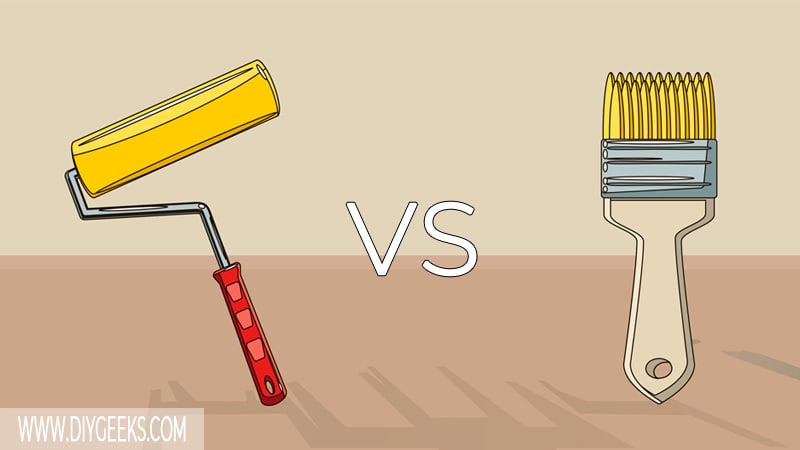
A paintbrush offers better finish quality and coverage for small surfaces because you can paint the corners and hard-to-reach areas with a brush.
A paint roller offers better coverage for large surfaces and soaks more paint so you can work longer without stopping.
The paint finish quality is almost the same whether you use a paintbrush or roller. However, a paint roller can leave behind brush marks if you are inexperienced.
Related Read: Can Latex Paint Be Applied With a Roller?
Which Types of Roller Can You Use to Apply Chalk Paint?
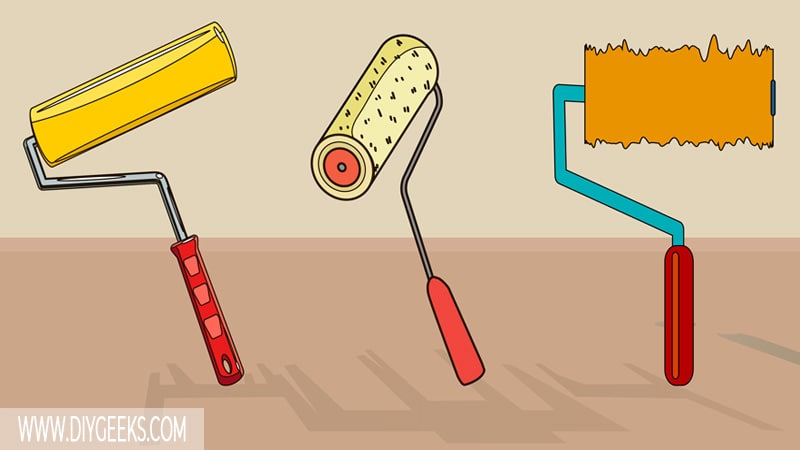
Use a high-density foam roller to apply chalk paint as it gives you a smooth finish and is easy to use. But, the roller must be large enough for the surface you will paint.
Chalk paint is a thick paint, so don’t use ordinary paint rollers with low-density foam as it won’t absorb too much paint, it will cause paint dripping, won’t apply paint evenly, and you must thin chalk paint before using it.
The roller head must be between 1/2 – 2 inches if you are painting delicate surfaces. If the roller is shorter than 1/2 inch, it can cause paint blisters or a rough finish.
You can also use a velour roller to apply chalk paint.
How To Apply Chalk Paint with a Paint Roller?
To apply chalk paint with a paint roller, do the following things.
- Prep the Workspace.
- Clean the Surface.
- Apply Chalk Paint.
1. Prep the Workspace
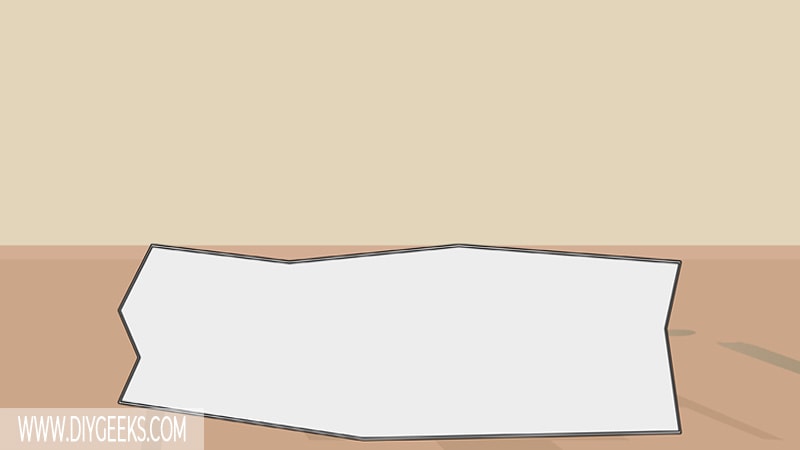
Prep the workspace by removing nearby objects and covering the floor with a drop sheet. If possible, apply the paint outdoors as it will dry faster.
2. Clean the Surface
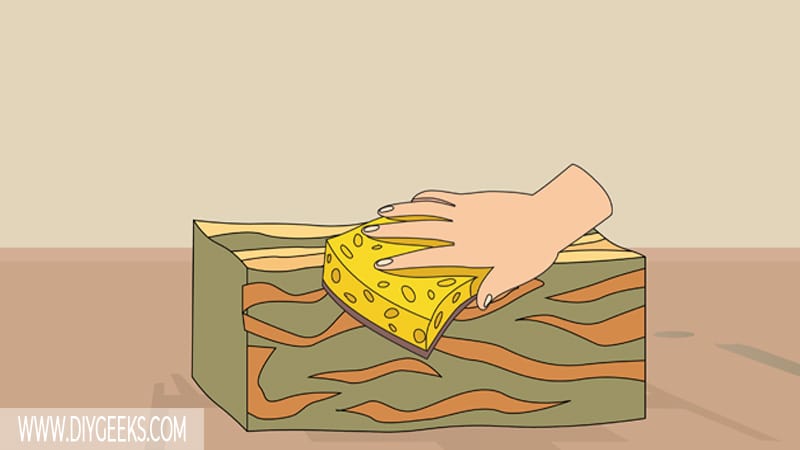
Clean the surface with warm water or TSP to remove dirt, dust, and debris that can prevent paint adhesion.
To clean a surface before painting, do the following things.
- Mix soap with warm water or use TSP.
- Apply the soapy water over the surface.
- Use a soft brush to remove (or wipe) the dirt from the surface.
- Remove the soapy water residue from the surface using clean water.
- Allow the surface to dry.
Sand the surface with medium-grit sandpaper (100-grit) after cleaning it. Sanding will remove imperfections and bumps, and create tiny holes (pores) for the paint to stick to.
If the surface is already painted or sealed, use a paint-stripping compound or sand the surface with coarse-grit sandpaper (40-grit) to remove the existing finish.
3. Apply Chalk Paint
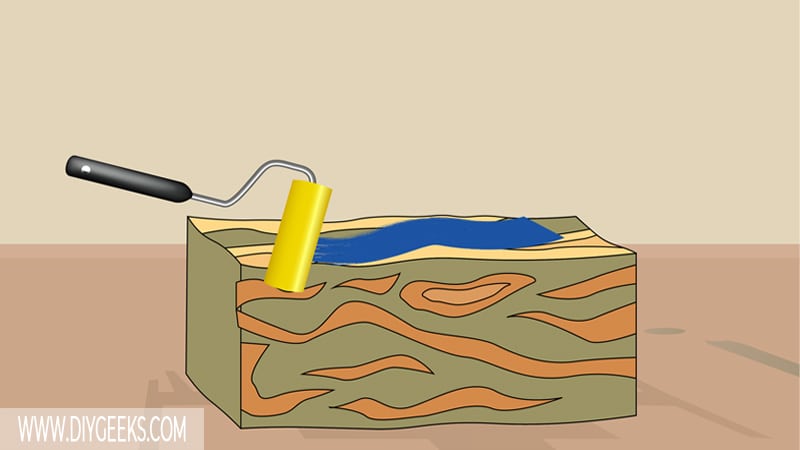
To apply chalk paint, do the following things.
- Pour the paint into a clean paint container.
- Dip the paint roller into the paint bucket and load it with paint.
- Apply a thin layer in a single direction, and roll it back again in the same direction.
- Do this until you cover the whole surface.
- Once you apply the first coat, wait for it to dry.
- Once the first coat dries, sand it with ultrafine-grit sandpaper.
- Apply the second and third coats and allow the finish to dry.
- If the finish has marks, sand it with ultrafine-grit sandpaper.
Optionally, you can seal chalk paint once it dries. However, the finish shouldn’t have roller marks or imperfections, as it will show once the sealer dries.
How To Avoid Roller Marks in Chalk Paint Finish?
To avoid roller marks in chalk paint finish, do the following things.
- Dilute the chalk paint with water with a ratio of 2:1 (2 parts chalk paint, 1 part water).
- A diluted (thinned) chalk paint is easier to control and leaves fewer roller marks behind.
- Don’t over-thin the paint as it can cause paint blisters.
Sanding with extra fine-grit sandpaper (440-grit) will remove roller marks and leave behind a smooth surface without removing the paint.


